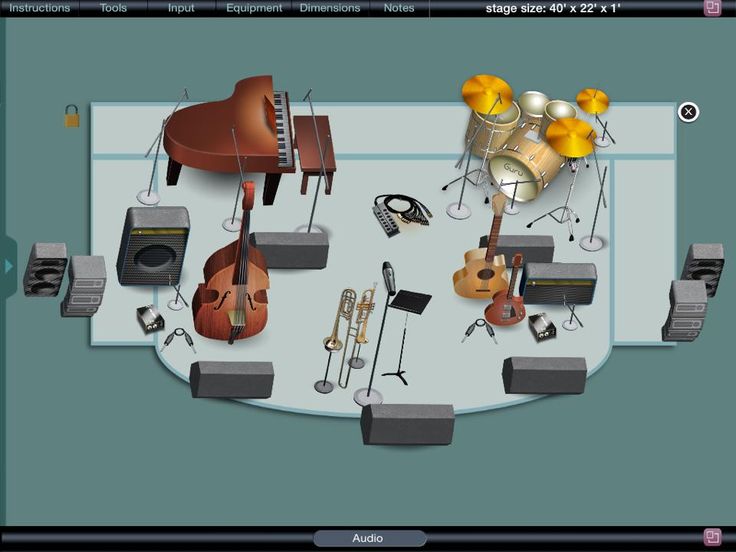So you did it!!
Congratulations, I am so SO so proud of you. You managed to reach out of your bubble and made connections that are all leading up to today, hopefully, it will mark the start of your new career in live sound. You could be working the church PA system for the first time, at a venue or festival, or maybe a wedding. It really doesn’t matter where you are – just that you are putting yourself out there. If no one has given you kudos for that, I am there bud!
My first gig in live sound was the most trial-by-fire you can possibly get. Despite being fresh out of my college Live Sound I class, I decided to help at a music festival. Little did I know I would be the FOH for my own stage…oh boy. I can vividly remember the thought of going there with the thought I would be a stagehand or a runner for the engineers, and the shock I felt as soon as I realized that wasn’t the case.
It felt invigorating and anxiety-inducing all at once, me? Run a stage? Set up the PA? Run the console the whole show? What? At that moment I knew I would either fall into the building panic or rise to the challenge of a lifetime.… Spoiler! I SLAYED!!
Definitely not without some hiccups, so if you find yourself in a trial-by-fire predicament as I did, or it is a little laxer, here are some tips that can help.
Scope Out The Scene
My first experience was at a large music festival, before I went I used Google Maps to see if I could sit at any public parks or coffee shops. If you have some downtime (by this I mean an hour or greater) until the event explore the area you are in. Please always prioritize safety above anything else, if you don’t feel comfortable or safe, taking care of yourself is more important than anything else. Trust your instincts, if something is telling you to leave – do so and find someplace (maybe that’s a deli or pharmacy) where you can go in and cool off.
Pro Tip Value public libraries! They are heated in the winter and cool come summer, open all year round, and are great places to kill time and get work done. I was able to work on a session on my laptop before the gig, essentially freeing two birds with one key.
Scope Out The Venue
Once you have settled into the role you’ve been given, It is time to familiarize yourself with the equipment, stage area, and most importantly – your inputs and stage plots….ugh speaking of
which…
Stage Plots May Vary
You may hit the holy grail of stage plots. The picture is clear and legible – you know where they want to be positioned and how to set up the stage in correspondence with that particular act. Not every stage plot is like that. I’ve had to work with very different bands and artists – Rock alternatives, R&B, Gospel groups, Metal, and one Noah Cyrus/ Alicia Keys cover band. The stage plots were wildly diverse – some were completely non-legible, while others did not bother to submit anything other than their band name and email information. Inputs and stage plots are important for whoever is doing sound – they need to make sure that they have the equipment to accommodate the artist’s set,
and also that they follow guidelines set by the venue. My advice if you get a plot or input list that doesn’t resemble either of the two is to talk to the client(s) – What are they bringing? Is the guitar going directly to the console, or are they going to bring an amp? Do they want to use their own mic, is it dynamic? If you have no way to contact them, talk to your stage manager – their job is to make sure the show goes smoothly, and if you can’t do your job, things are certainly not going smoothly.
Take a Breath
There is a lot more that can be said on the topic, like wearing comfortable plain clothing or the best ways to position monitors – but really you need to learn what to do by doing it. I can solidly say that if someone asked to do that whole experience again, I could with little hesitation. Your head can often get in the way of your capabilities, trust that you can do this. Breath in…. And let
it out.
